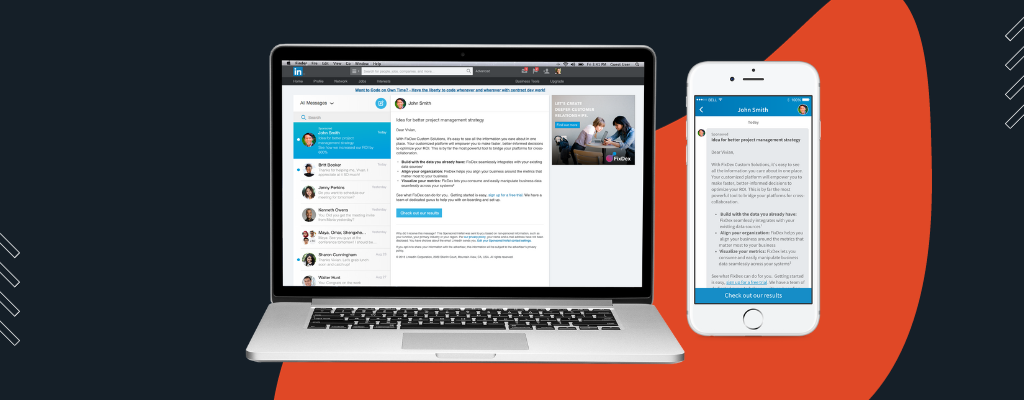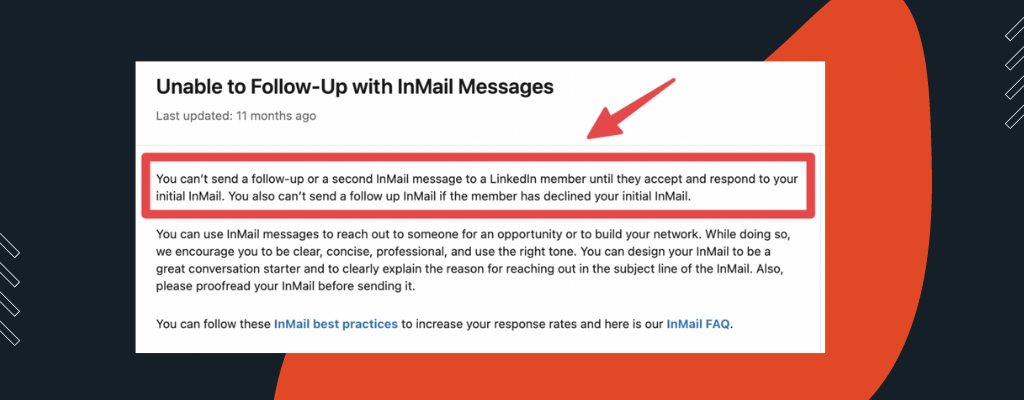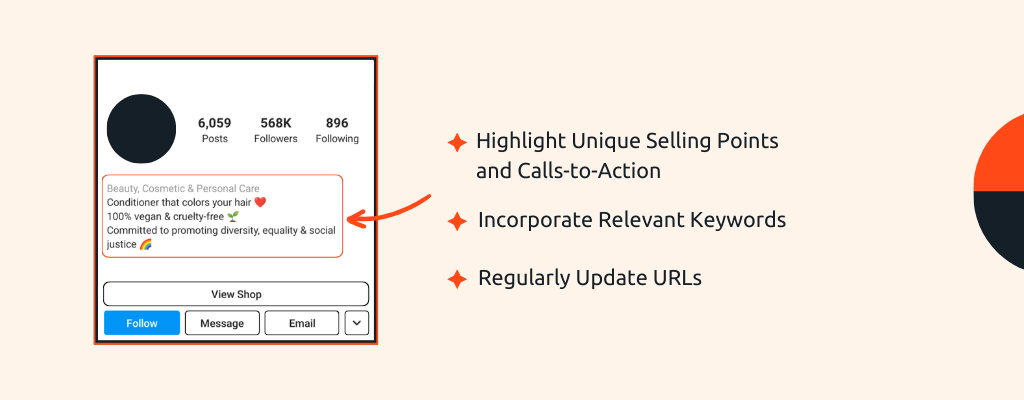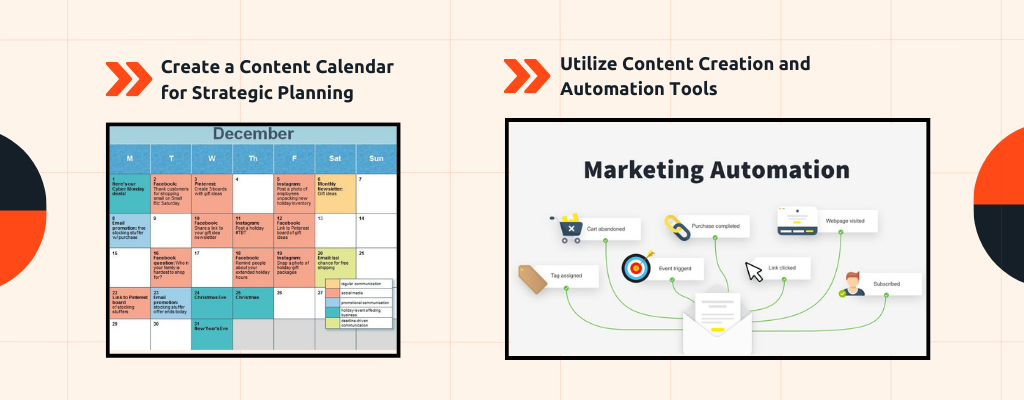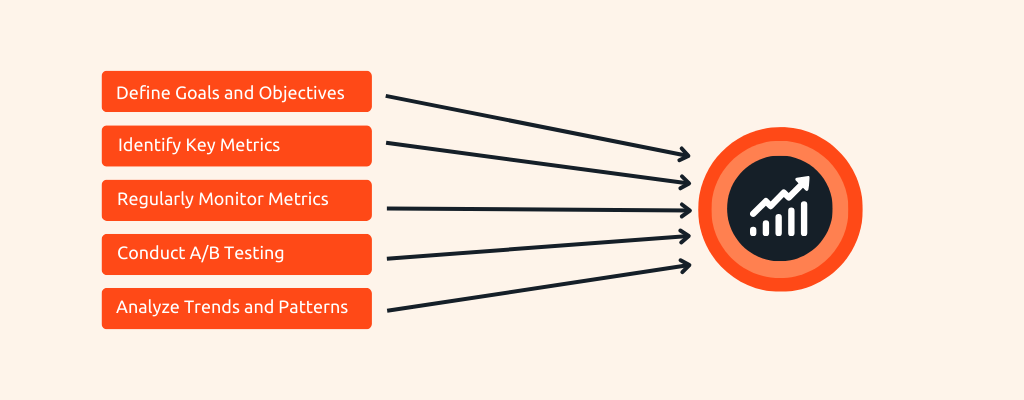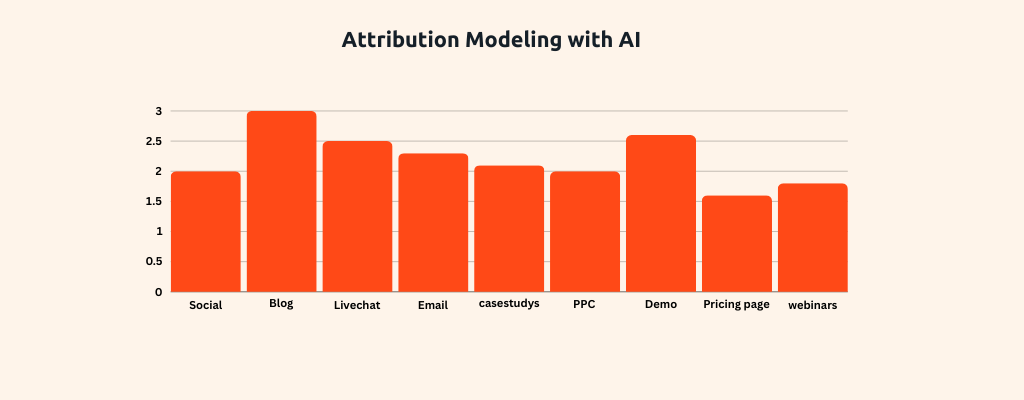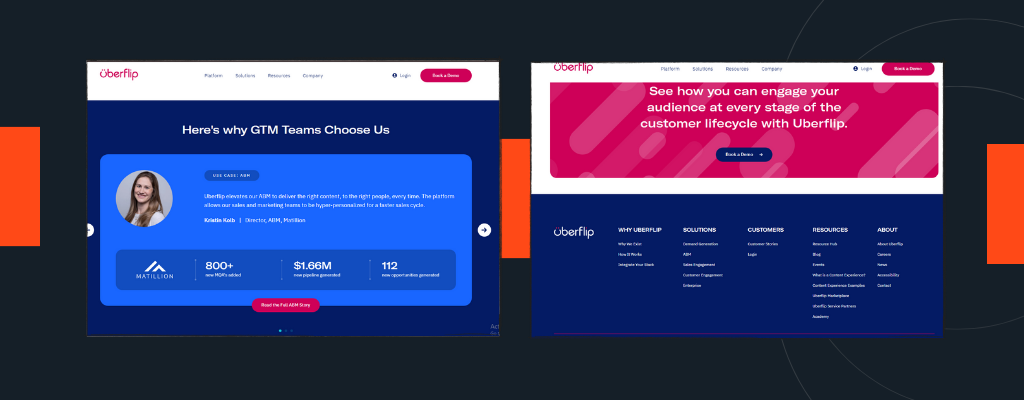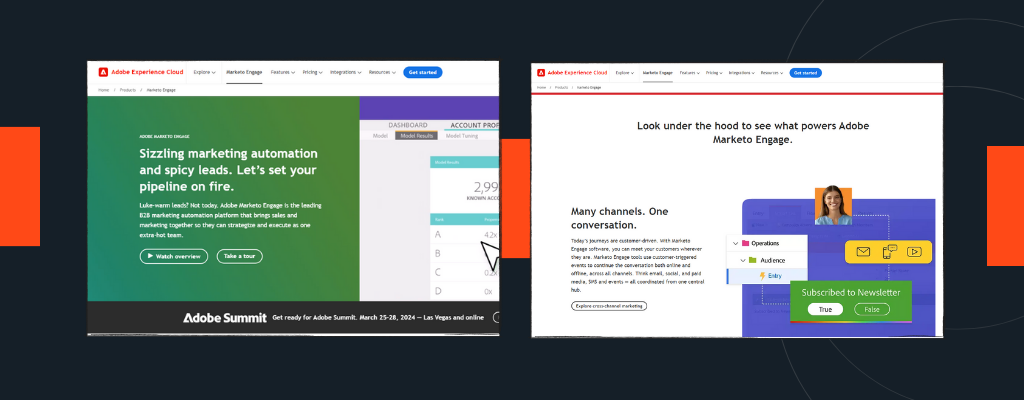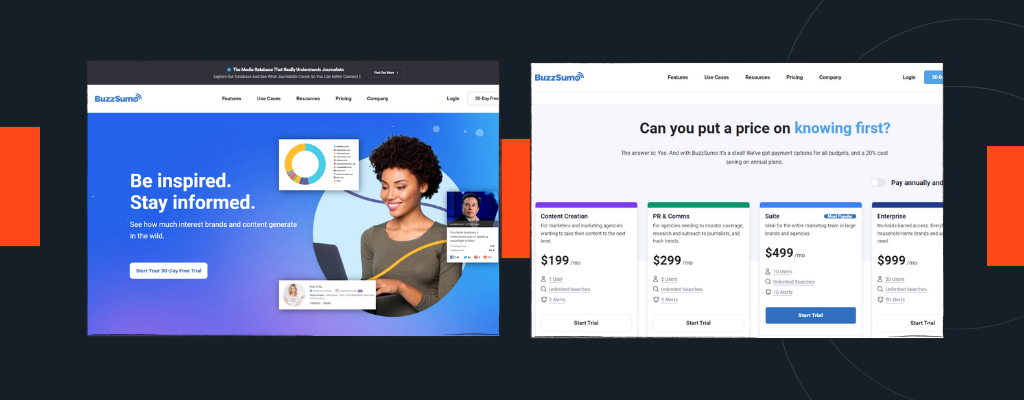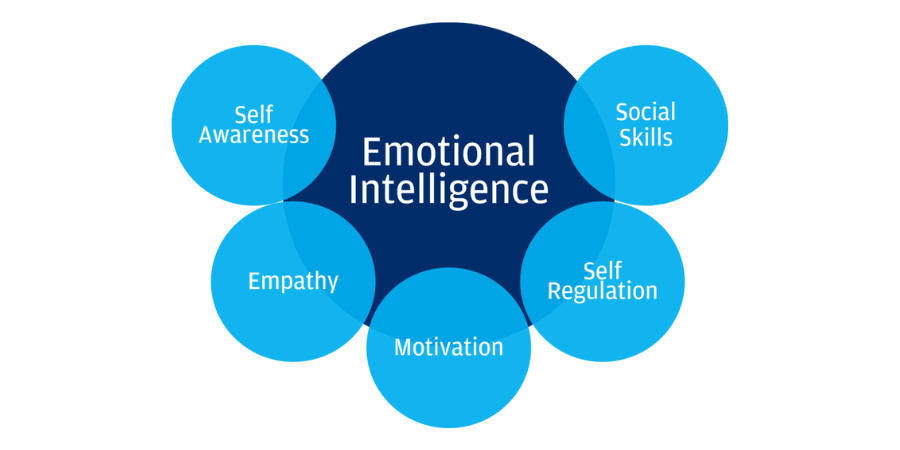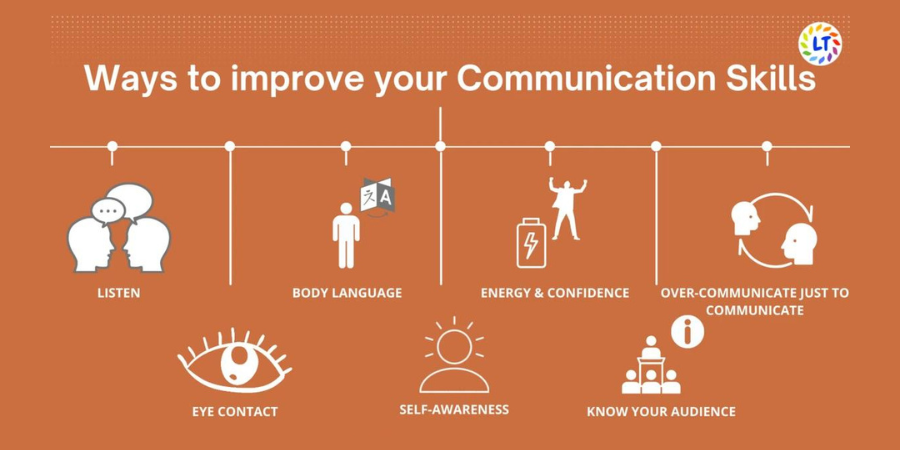Are you ready to embark on your entrepreneurial journey in the UK? Starting a business involves several critical steps, and one of the first is company formation. But what exactly is company formation? Why is it important? What are the advantages associated with company formation services? And what are the aspects to consider when launching a business? In this article, we’ll explore the ins and outs of establishing your business in the UK and present a list of 10 reputable company formation services in the UK to help you kickstart your entrepreneurial dreams.
Let’s explore the top 10 company formation services in the UK to start a business!
What is Company Formation?
Company formation is the process of legally establishing your business as a limited company in the UK. Across the globe, the meaning remains the same, but the term may or may not differ. For instance, it can also be referred to as company registration in some countries. Company formation is essential for various reasons, and it offers numerous advantages for both your business and you as an individual.

Advantages of Forming a Company
1. Minimizing Personal Liability
Without establishing a formal business entity, your personal assets are exposed to potential risks, debts, and legal entanglements. However, once you form a company, your personal assets become safeguarded, irrespective of any adverse developments within your business. Your business or company is legally recognized as a distinct entity, subject to the laws of your country’s jurisdiction. This separation eliminates your personal liability, but it’s important to emphasize that this does not provide a shield for engaging in illegal activities, which can lead to legal consequences.
2. Trust and Reputation
Operating without proper registration may erode trust, particularly when aspiring to expand your business on a larger scale. Registering your company instills confidence in others, as they can verify its existence and thereby gain a level of assurance when engaging in transactions with you.
3. Financial Benefits
From reduced income tax to comprehensive tax planning, establishing a company offers you significant flexibility and options for financial optimization, in addition to increasing your profitability. While I’m not a financial expert, I strongly recommend consulting a legal professional to obtain precise information on the exact tax advantages and other financial benefits associated with company formation.
4. Investment Opportunities
Company formation opens doors to various avenues for attracting investments from new shareholders and investors. In addition to these advantages, forming a company provides you with additional tools to foster business growth and ensure the smooth operation of your enterprise.
Factors to Consider When Establishing a Company in the UK
When establishing a business, it’s crucial to anticipate and prepare for potential challenges to ensure a smooth start and avoid unnecessary complications. Some key considerations include:
01. Your Expertise
It’s essential to assess whether you possess the necessary skills and knowledge to effectively oversee your business plan in the near future. Having a good business idea is just the beginning; you must also be capable of monitoring and managing it. Acquiring the expertise needed is vital to make informed decisions and protect your business from external pitfalls. Consider taking courses or training in essential business skills to enhance your competence.
02. Costs to Initiate
Understanding the financial requirements for launching your business is critical. You should be financially prepared to initiate the business without resource shortages. A strong start sets the stage for easier growth if your plans go smoothly.
03. Competition
Thoroughly research and analyze existing competition in your industry. Understand how your competitors may impact your business. To outperform them, you need to find ways to differentiate yourself. Surviving in the market is challenging without a comprehensive understanding of your competitors and a strategy to stand out.
04. Demand
Assess the market’s demand for your products and services. Understanding the potential demand is essential for your business’s future growth. You can utilize various methods, such as email surveys, social media engagement, and local surveys, to gain insights into the level of demand for what you offer. While other factors like access to a skilled workforce, location, and technology also play significant roles in business success, the above-mentioned points are the most critical considerations when starting a new venture.
Basic Eligibility to Open a Business in the UK
To establish a business in the United Kingdom, it’s crucial to meet specific eligibility requirements before embarking on the company formation process. Keep in mind that it’s advisable to seek guidance from a legal expert or government official regarding the precise criteria. Here are some fundamental prerequisites to consider:
Director Age Requirement: The director or directors of the company must be a minimum of 16 years old.
Director Appointment: You must appoint at least one director for the company.
Unique Company Name: Select your company name with care, ensuring it is distinct from any existing business names.
Issuance of Shares: At the time of incorporation, you are required to issue at least one share.
Registered Office Address: It’s essential to have a registered office address within the UK.
Customer Information: Provide all necessary information to your customers before they make a purchase from your business.
Licensing Compliance: Ensure that you are aware of and comply with any necessary licenses or permits required to operate your business, in order to avoid potential penalties.
Please remember that these are basic requirements, and the actual process may involve more steps and details. Consulting with legal experts or government authorities is highly recommended to ensure you meet all necessary obligations when forming a company in the UK.
How to Register a Business in the UK?
If you lack the time to delve into all the intricacies of the company formation process and seek assistance in establishing your company, you have the option to approach directly to Govt’s Companies House, which is the official registrar of companies in the UK or paid company formation services providers. Many of these service providers offer comparable packages at competitive rates. Below, you can review pricing and services for forming a limited company in the UK and make an informed decision that suits your needs.
Top 10 Company Formation Services in the UK
1. 1stFormations
1stformations is a well-established and trusted company that specializes in providing a wide range of comprehensive company formation services to cater to the diverse needs of entrepreneurs and businesses. Whether you’re a startup looking for a smooth and efficient digital registration process or an established business seeking assistance with various administrative tasks, 1stformations has you covered.

One of the standout features of 1stformations is their flexibility in service offerings. You can choose from a variety of packages tailored to suit your specific requirements. These packages encompass everything from basic company registration to more advanced services such as VAT registration, provision of a registered business address, and even secretary services, ensuring that your business’s foundational and ongoing needs are met with professionalism and expertise.
Pricing for these services is variable, dependent on the specific package you opt for. This flexibility allows businesses of all sizes to access the support they need at a price point that suits their budget. Choose 1stformations for a seamless, hassle-free experience when establishing or managing your company, with the assurance of professional support at every step of the way.
2. Companies House (Official UK Government Service)
Companies House is the official and authoritative government service responsible for overseeing the registration of companies in the United Kingdom. Established under the Companies Act 2006, it plays a pivotal role in the functioning of the UK’s business landscape.

This essential service provides a comprehensive platform for registering new companies, recording company information, and ensuring legal compliance for businesses operating within the UK. Its primary purpose is to maintain an up-to-date and transparent public register of all registered companies, making relevant information easily accessible to the government, businesses, and the general public.
Companies House not only facilitates the formation of new companies but also governs their ongoing activities, ensuring that they adhere to statutory regulations and reporting requirements. Businesses must submit annual financial statements, annual returns, and any significant changes in their structure or operations to Companies House. This information is then made available to the public, investors, and various government agencies.
Furthermore, Companies House serves as a vital resource for individuals and organizations seeking to research and verify the legitimacy and financial health of the companies they engage with. It plays a crucial role in maintaining the integrity and transparency of the UK’s corporate environment, fostering trust and confidence in the nation’s business sector.
3. Rapid Formations
With Rapid Formations’ services, you gain access to a user-friendly platform that simplifies the process of searching for available company names. Rapid Formations provides several company formation services, each tailored to meet your specific needs. These service packages come with slight differences in pricing, allowing you to choose the one that suits your budget and requirements best.
One standout feature they offer is the Privacy Plan, a service provided by Rapid Formations. This plan ensures that your home address remains protected from being publicly registered, safeguarding your personal information and adding an extra layer of security to your business operations.

In addition to company formation, Rapid Formations also offers the convenience of VAT and PAYE registrations if your business requires them. These services streamline the administrative aspects of starting a company, saving your time and effort so you can focus on what truly matters – growing your business.
Rapid Formations provides a comprehensive range of services, including name search, company formation packages, privacy protection, and optional VAT and PAYE registrations, Rapid Formations makes the process of starting your own business simpler, more convenient, and hassle-free.
4. Company Formation MadeSimple
As a part of the renowned Moneypenny family, Company Formation MadeSimple stands as one of the pioneers in company formation services in the UK. With a legacy of reliability and expertise, Company Formation MadeSimple is your trusted partner when it comes to seamlessly registering a company. What sets it apart is its commitment to round-the-clock customer support, ensuring that your business needs are met at any time.

Company Formation MadeSimple offers a range of packages designed to cater to your specific requirements. Whether you’re in a hurry to kickstart your business or prefer a comprehensive approach to ensure full compliance with regulations, they have you covered. These packages provide flexibility, allowing you to choose the one that aligns perfectly with your business goals.
In addition to simplifying the registration process, they go the extra mile by providing a filing confirmation, giving you peace of mind that every step has been executed accurately. This verification step ensures that your company is officially registered and ready to operate.
With Company Formation MadeSimple, you not only gain access to an established and reliable service but also the assurance of 24/7 support, customizable registration packages, and the confidence that your business is fully compliant.
5. Your Company Formations
Your Company Formations is a highly regarded service provider in the United Kingdom, specializing in online company formation and business registration services. With a dedication to simplifying the process of establishing a business entity, this company offers an array of services designed to facilitate the seamless registration of new companies or the restructuring of existing ones.

At the heart of Your Company Formations’ offerings is the ability to create and register companies online. This service streamlines what can be a complex and paperwork-intensive process, making it accessible to a wide range of clients, from first-time entrepreneurs to seasoned business professionals. Your Company Formations guides you through every step, from selecting an appropriate company name to determining the optimal business structure, such as a limited company.
One of the notable features provided by Your Company Formations is the option to use their registered office address for official correspondence, which can help enhance your business’s professionalism and safeguard your privacy. Additionally, they offer valuable company secretarial services, assisting with critical tasks like filing annual returns and managing essential company records, ensuring that your business remains compliant with legal requirements.
Your Company Formations’ comprehensive online platform is a valuable resource for simplifying the administrative aspects of establishing and managing a business in the UK. By utilizing their services, you can focus your efforts on your core business activities, secure in the knowledge that the intricacies of company formation and compliance are in capable hands.
6. The Formations Company
For users seeking a comprehensive e-formation package and a suite of essential services, The Formations Company is a fantastic choice. With a commitment to making the process of starting a business as smooth as possible, they offer a range of valuable features that go beyond the basics.

One of the standout offerings of The Formations Company is their assistance with tax and accounting. Starting a new business often comes with complex financial responsibilities, and their expertise in this area can be a significant asset. They help you navigate the tax landscape and provide support to ensure your financial records are in order from day one.
Moreover, The Formations Company understands that legal and financial protections are vital for any business. They provide comprehensive options to safeguard your business’s interests, ensuring you’re well-prepared to face challenges and seize opportunities. This includes legal services that help protect your intellectual property, contracts, and other critical legal aspects.
The Formations Company is more than just an e-formation service; it’s a one-stop solution for entrepreneurs. With their focus on tax and accounting assistance, as well as their offerings for legal and financial protections, they empower you to launch your business with confidence and ensure its long-term success.
7. Quality Company Formations
Quality Company Formations distinguishes itself with its exceptional Privacy Plus package, designed to provide comprehensive protection for your business and personal information. This package not only shields your home address from public visibility but also assists you in achieving GDPR compliance. In an era where data privacy is of paramount importance, this feature sets them apart.

Quality Company Formations offers a range of essential benefits similar to its counterparts. You can access 24/7 customer support, ensuring that any queries or concerns you may have are promptly addressed, day or night. This commitment to customer service enhances the overall experience of using their services, as you can rely on their expertise whenever you need it.
The unique focus on GDPR compliance and privacy in the Privacy Plus package demonstrates Quality Company Formations’ commitment to ensuring that your business operates within the bounds of the law and protects sensitive data. By choosing their company formation services in the UK, you not only register your company but also take proactive steps to secure your business against modern data privacy challenges, making it an excellent choice for those who value comprehensive protection and compliance in the digital age.
8. Capital Office (Your Virtual Office London)
When it comes to company formation services in the UK, having a range of services at your disposal can make the entire process smoother and more efficient. One option worth considering is Capital Office, which offers a variety of services along with its company formation services packages.

While Capital Office may not provide search functionality for checking the availability of a business name, they do compensate with personalized assistance from their staff. Although their packages may lean toward the higher end of the price spectrum, this personalized service can be a valuable asset for those who need expert guidance.
One of the standout features of Capital Office is the flexibility they offer. You have the option to pay for additional services, such as a free meeting room, a service address, and even the ability to hire professional staff to handle calls and other administrative tasks. This flexibility allows you to tailor your package to meet your specific needs and budget.
Not everyone embarking on the journey of starting a business requires extensive paid assistance from the outset. However, Capital Office’s approach ensures that if you do need extra convenience and support, it’s readily available. So, whether you’re a seasoned entrepreneur or a first-time business owner, Capital Office can provide the services you need to get your business up and running with ease.
9. OSOME
OSOME is one of the cutting-edge company formation services in the UK designed to streamline the process of establishing your business while prioritizing your convenience. With a commitment to simplifying entrepreneurship, OSOME eliminates the hassles of traditional paperwork and red tape. By offering a comprehensive range of services, they are your one-stop solution for turning your business ideas into reality.

At the heart of OSOME’s approach is their emphasis on online convenience. You can schedule a call with their experienced experts to discuss and request the specific requirements you need for your company formation. This personalized touch ensures that you receive tailored solutions to meet your business objectives.
The digital-first ethos of OSOME means you can send all your required documents electronically, sparing you the arduous process of dealing with physical paperwork. OSOME takes care of the rest, from company registration to necessary documentation, allowing you to focus on what truly matters – your business.
Furthermore, OSOME offers a variety of packages that encompass not only company formation but also banking offers and accounting support. Their holistic approach ensures that you have the support you need at every step of your entrepreneurial journey, making it easier than ever to navigate the complexities of starting and managing a business. With OSOME, your entrepreneurial dreams are just a few clicks away.
10. Mint Formations
Mint Formations, while not necessarily the most prominent player in company formation services in the UK, they do offer a compelling value proposition to entrepreneurs and small business owners. What sets them apart is their commitment to providing competitive packages and comprehensive support across all their plans.

One of the standout features of Mint Formations is the inclusive support they offer with every plan. Whether you’re a first-time business owner or an experienced entrepreneur, their team is dedicated to guiding you through the intricate process of business formation. This level of support can be invaluable, especially for those who are new to the world of entrepreneurship.
Mint Formations also boasts a selection of popular business bank accounts, making it easier for you to set up the financial infrastructure for your new venture. While they may not have the most extensive array of options in this department, they cover the essentials, ensuring that you have access to some of the best banking choices available.
Mint Formations may not be the biggest name in the company formation services in the UK, but their commitment to affordability and support makes them a solid choice for those seeking to start their own business. With competitive packages and inclusive assistance, Mint Formations can help you navigate the complexities of business formation with confidence.
Get Started with Your Company Formation!!!
Company formation is an exciting and pivotal step in your entrepreneurial endeavours. Whether you choose to navigate this process independently through UK Companies House or opt for the convenience of third-party approved services, the choice ultimately hinges on your specific requirements and preferences.
For those who value their time and wish to minimize the complexities of paperwork, the option of paid services can be a valuable asset. These services not only expedite the registration process but also provide expert guidance to ensure compliance with all legal regulations.
However, before you proceed, consider your goals, budget, and the scope of your business carefully. Explore the pros and cons of both DIY and paid services to determine the most suitable avenue for your unique needs. Take this opportunity to seek professional advice and make use of the abundant resources available to help you navigate the complexities of company formation. In the end, your company’s journey begins with this fundamental step, so make it a well-informed one.
Have ever tried any of these company formation services in the UK? If yes, let me know in the comments





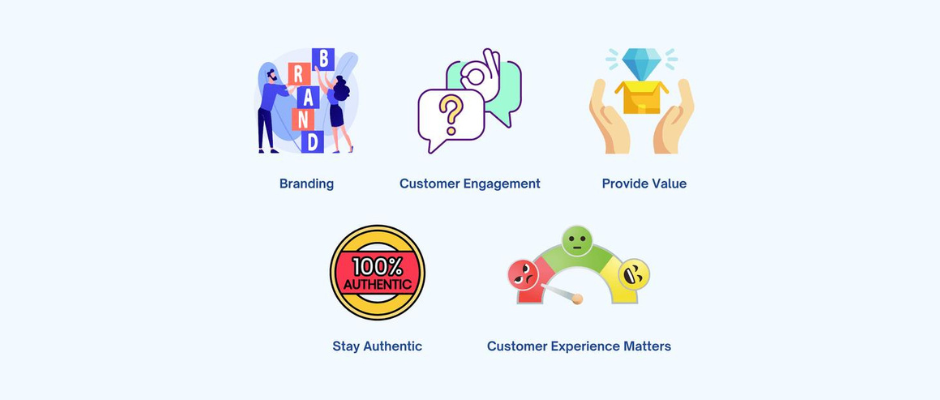









 Top 10 Experiential Marketing
Top 10 Experiential Marketing  Trends in 2024
Trends in 2024 Virtual and Hybrid
Virtual and Hybrid  Experiences
Experiences
 Installations
Installations









 What is brand activation?
What is brand activation? 

 Increased Brand Awareness:
Increased Brand Awareness:


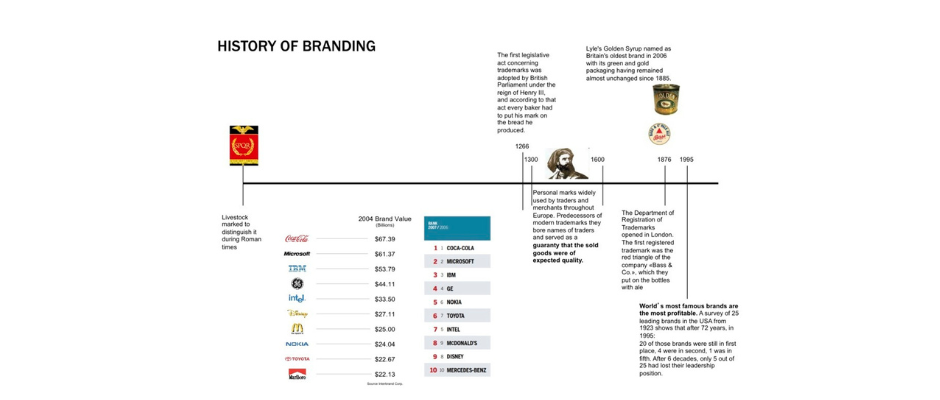




 Niche
Niche

 Products’ Unique features
Products’ Unique features
 Brand Audience
Brand Audience
 Complementary Brands
Complementary Brands
 Activation Campaign Interactive
Activation Campaign Interactive
 Create a Positive Impact
Create a Positive Impact
 Brand Activation
Brand Activation



